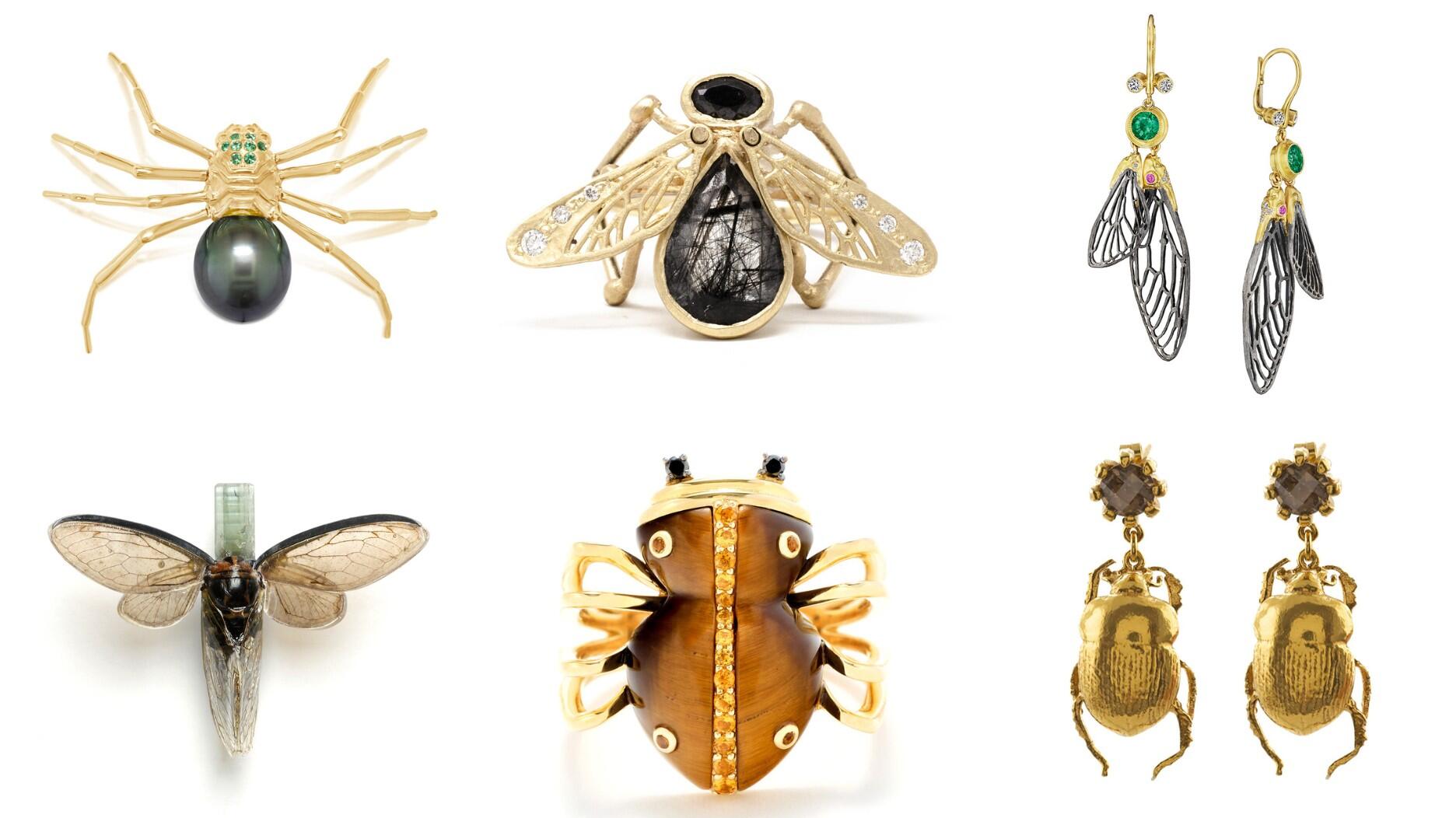Carlos Jose Hernandez and Joshua Zuazo were sentenced to life without the possibility of parole in the 2024 murder of Hussein “Sam” Murray.
Another lab-grown poll
I received quite a bit of response from last week’s post concerning consumers’ thoughts on lab-grown diamonds, from both the trade and the people I polled. My article even sparked a more formal poll, on consumer-facing jewelry website PriceScope.

Here’s a response from one survey-taker, who apparently is not very good at keeping track of her valuables: “I’ve known about these for a few years, and I am a big fan. Good way to get some shiny stones without spending a wad of cash! The ethical aspect is nice, too. If given the choice, I would choose lab-grown (or even a really good CZ) to a real diamond for financial reasons primarily ... and also since I wouldn’t trust myself to wear the real deal and run the risk of losing it/them!”
Another respondent mentioned not only the lower cost of lab-grown diamonds but the lower cost of insuring the stone over the long term. Price also came up among the consumers who took the PriceScope poll.
On behalf of those who took my (again, very informal) survey on lab-grown diamonds, I decided to do a quick price comparison of lab-grown and mined diamonds to see exactly how the stones stack up today.
On Friday, a lab-grown, round 1-carat H VS1 diamond with very good cut on the website of Gemesis (now Pure Grown Diamonds) was about 25 percent less than a diamond of the same quality on Blue Nile (keep in mind that these are retail prices; this is a comparison of two loose diamonds being sold online direct to consumers).
Is 25 percent enough, keeping in mind that several of the women I polled did mention that lab-grown diamonds lack the romance associated with mined stones?
I am curious to hear thoughts from the trade. What do you believe is the price tipping point at which consumers willingly will swap their mined engagement ring for a lab-grown stone?
The Latest

Yood will serve alongside Eduard Stefanescu, the sustainability manager for C.Hafner, a precious metals refiner in Germany.

The New Orleans jeweler is also hosting pop-up jewelry boutiques in New York City and Dallas.

How Jewelers of America’s 20 Under 40 are leading to ensure a brighter future for the jewelry industry.

Set in a Tiffany & Co. necklace, it sold for $4.2 million, the highest price and price per carat paid for a Paraíba tourmaline at auction.


The jeweler’s “Deep Freeze” display showcases its iconic jewelry designs frozen in a vintage icebox.

Take luxury gifting to new heights this holiday season with the jeweler’s showstopping 12-carat sphene ring.

Roseco’s 704-page catalog showcases new lab-grown diamonds, findings, tools & more—available in print or interactive digital editions.

This year's theme is “Unveiling the Depths of the Ocean.”

In its annual report, Pinterest noted an increase in searches for brooches, heirloom jewelry, and ‘80s luxury.

Starting Jan. 1, customers can request the service for opal, peridot, and demantoid garnet.

The 111-year-old retailer celebrated the opening of its new location in Salem, New Hampshire, which is its third store in the state.

The new catalog features its most popular chains as well as new styles.

The filmmaker’s personal F.P. Journe “FFC” prototype was the star of Phillips’ recent record-setting watch auction in New York.

The new location in the Design District pays homage to Miami’s Art Deco heritage and its connection to the ocean.

Inflations, tariffs, and politics—including the government shutdown—were among consumers’ top concerns last month.

“Longtime favorite” presenters, as well as first-time speakers, will lead talks and workshops at the annual event in Tucson next year.

Silas Smith of Meridian Metalworks won the challenge with his pendant that blends Australian and American landscapes.

The sale of the 31.68-carat, sunset-hued stone was part of Sotheby’s first series of events and auctions in Abu Dhabi.

Most customers who walk into your store this month have made up their minds. Your job is to validate their choice, Emmanuel Raheb writes.

The collection features characters and motifs from Ukrainian folklore, including an enchanted mirror and a magic egg.

MatrixGold 3.11, the newest version of the jewelry design program, offers more flexibility, precision, and creative control.

The pavilion will be part of the 2026 JA New York Spring show, scheduled for March 15 to 17.

Kadet, a 1994 National Jeweler Retailer Hall of Fame inductee, helped grow the family-owned retailer in the Chicago area and beyond.

Billed as the world’s smallest wearable, Lumia Health’s new smart earrings have a health tracker subtly embedded in the back.

Don’t let those with December birthdays feel blue. Help them celebrate their month with blue zircon, turquoise, and tanzanite.

The new pink sapphire version of the piece dances with its wearer in the brand’s “Icons After Dark” holiday campaign.


























